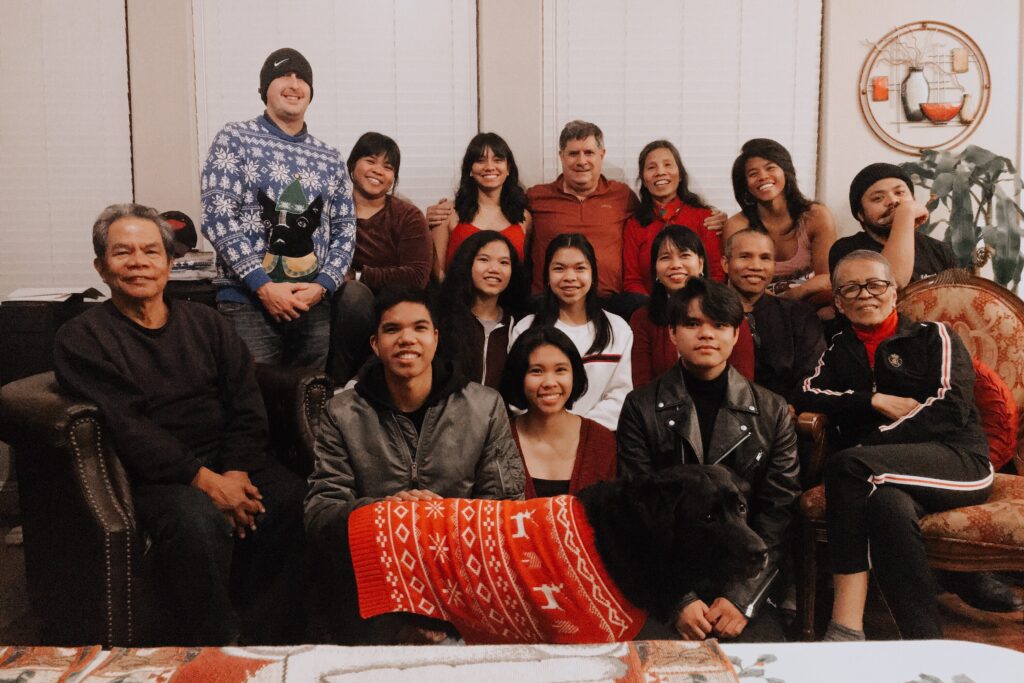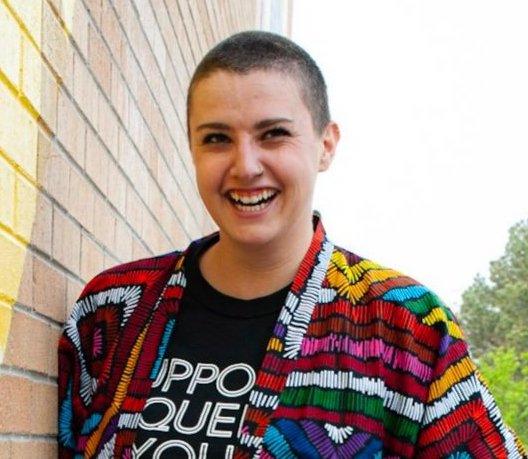We spoke to members of our community for their take on what ingredients make a successful team retreat.
A few weeks ago, my dad shared that my extended family would be hosting a family reunion in the Midwest. He has eight brothers and sisters, so picture a full Filipino affair: lots of cousins, multi-hour food comas, and boisterous late-night karaoke. My dad waxed poetic on whether he could attend between his busy tai chi, travel, and painting schedule. Then, as an afterthought, he said, “you can come if you want.”
I could come… if I want?? Surely this was a trick question. What kind of activities would we do? What would I talk about with family I haven’t seen since pre-covid? Would I face repercussions if I didn’t attend? With his simple and unbound proposal, I felt like my dad was setting me up for the reunion scaries.
A familiar term amongst millennials, yet a feeling shared across generations, “the scaries,” is the mental preoccupation about impending commitments (regularly associated with the “Sunday Scaries,” or a feeling of dread or anxiety about the upcoming work week). Whether we’re attending a family reunion or a work retreat, gathering can feel unnerving when we aren’t sure what resources (e.g. your active participation, cognitive energy, emotional stamina) you will be asked to contribute.

You’ve heard us stress the importance of being hyper-intentional about gathering, and team retreats are no exception. If planned without intention, your team might experience a common gathering obstacle:
The Retreat Scaries.
We were curious to learn how some of our closest friends and colleagues approach designing work retreats to avoid the retreat scaries, so we spoke with two gathering aficionados:
Lavada Berger (Managing Partner at Transcend — who also facilitated our most recent Franklin Street retreat) and Bre Dóvez (Founder, Executive Director at Joy as Resistance). Here are some of the nuggets of wisdom they shared.
Marielle: Lavada, you facilitated one day of Franklin Street’s team retreat in December. You opened in a really unexpected way. Can you talk about what you did and why you made the choice to kick off that way?
Lavada: I started [our time together] by reading Mona Simpson’s eulogy for her brother, Steve Jobs. Why did I do that? At Franklin Street you make an impact on teams, which then influences how they impact their community. Because that connection appears less tangible, [and therefore more difficult to describe], I looked for examples of vivid storytelling about real people.
I was inspired by the eulogy Maya Angelou wrote for Coretta Scott King and I continued to read other eulogies. In doing so, I noticed that impact written in the form of a eulogy felt different from the typical and predictable ways organizations often speak about impact.
I hoped that the feeling you had while listening to Simpson's account of her brother would stay with you as we spoke about Franklin Street’s impact. I hoped you’d be inspired to speak about your impact in a similar way, perhaps by spotlighting actual people in your work that would [in turn] build conviction about your work and move people in the same way.
Marielle: Listening to the eulogy set the tone for the rest of our retreat and it’s clear that it was an intentional choice to start that way. What ingredients would you name that make team retreats impactful?
Lavada: A few elements that come to mind include striking the balance between wonder, comfort, and surprise. With my team, we try to make a connection between place and people by going somewhere where teammates have personal stories or somewhere that’s related to our collective work in some way.
When thinking about content, it has to be bite-sized enough that there's something meaty for us to collaborate on without feeling cognitive overload. Spaciousness in the agenda is important, as well as time to just have fun with each other, unscripted.
"A few elements that come to mind [when planning a retreat] include striking the balance between wonder, comfort, and surprise."
In a different conversation before the holidays, we spoke with Bre Dóvez, who shared that she’d been preparing for her team’s retreat. We were struck by the unique activities she had planned, so we followed up this January to hear how the retreat went.
Marielle: Bre, tell us about some of the lessons you learned from your team retreat.
Bre: Ahead of our team retreat, I was thinking a lot about team dynamics, bringing together folks who might be experiencing interpersonal conflict, and balancing content with time for connection. Here’s what we’ll be taking into the future:
Logistics set the tone. Our retreat took place between Wednesday - Friday, which ensured the team had the weekend to rest before returning to work. Teammates had their own bedrooms to recharge, and we organized team meals so that team members from different teams could meal prep and cook together.
Frontload the deep thinking. We started our retreat by doing heavy content work, like reviewing our data and discussing the organization’s vision. Clear bounds for this discussion at the start of the retreat allowed our team to fully focus on connecting for the remainder of our retreat.
Share facilitation. Teammates led and shared their voices throughout various elements of the retreat. At this moment at the organization, it made sense for me to lean more [into facilitation], but moving forward, retreat facilitation will be a shared responsibility.
Balance structured time vs. unstructured time. The most impactful activity we did as a team during the retreat was a game called Colorblind, which helped team members unpack different communication styles that can affect team dynamics. We hosted a murder mystery party, with guest actors and friends from our community that the team loves. Every day we set our altar where we shared our intentions as a team about the space. We also discussed this article on Building Resilient Organizations and considered how unstructured time with colleagues can facilitate deeper connections within a movement.
We couldn’t agree more with Lavada and Bre. To combat the common “retreat scaries,” start with three design principles:
- Ensure you have a clear purpose;
- Inject elements of comfort, wonder, and surprise; and
- Balance productivity with unstructured time for connection.
Cultivating the sense of deep connection — to place, to each other, to the purpose — are essential to team retreats, family reunions, and any gathering in between. Thankfully for my family, the connections run generations deep (by design) so the reunion scaries are avoidable yet. But best believe I’ll be requesting design briefs from dad for all foreseeable Narcisa reunions.

Lavada Berger (she/her) is a Partner at Transcend. She has devoted her career to the movement for educational excellence and equity. Her investment and interest in new school models was sparked during her time as a third grade teacher in Newark, New Jersey and enhanced over the last few years.

Bre Dóvez (all pronouns) is a dreamer, innovator, and disruptor. Bre grew up in the greater Denver area, experiencing the trials and triumphs of being queer in Colorado. Coupled with their three years as a middle school social worker before founding Joy as Resistance, Bre has been reminded in too many situations that mental health resources are severely lacking, especially for LGBTQIA2+ youth.
